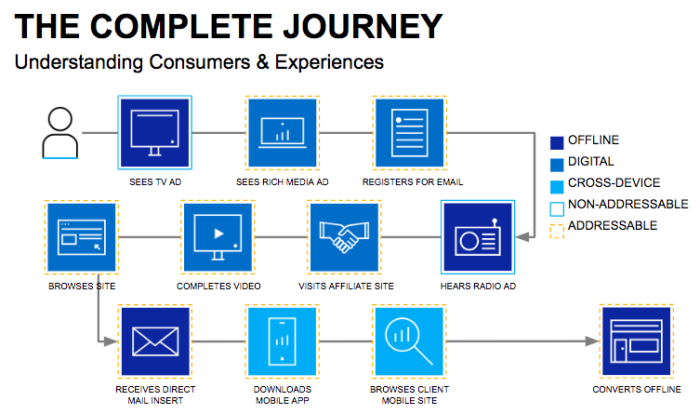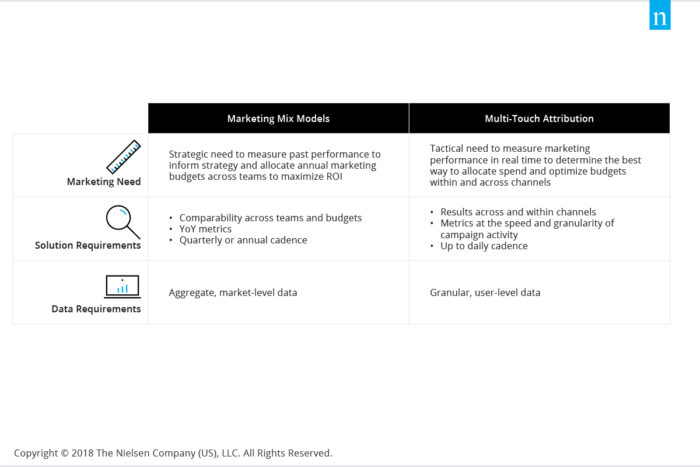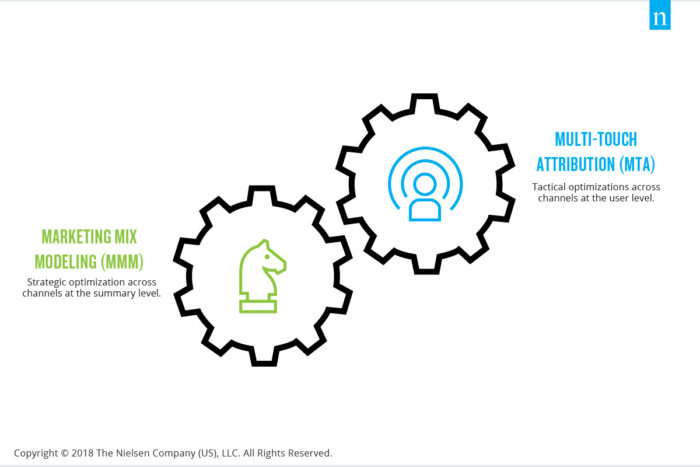



How advanced measurement helps APAC brands create omni-channel experiences
share on
Technology is playing an ever bigger role in our lives. Digital device usage is at an all-time high with consumers now spending most of their waking hours online. These consumers demand products, places and processes to help them overcome the obstacles of daily life.
Busy shoppers are rapidly adopting eCommerce around the world. ECommerce in APAC grew by 30% in 2018 (highest percentage for any region). In addition, 98% of connected consumers in the region have made an online purchase, according to Nielsen research.
The new digital economy allows companies to transcend geographical size, boundaries and resource limitations.
The smartest companies are bridging the gap between business and technology, and responding to changing customer expectations.
Brands must create omni-channel experiences
In this new economy, brands across industries must embrace omni-channel strategies to ensure future growth. These brands need to develop personalised campaigns to target consumers with digital marketing, paid search, video marketing, along with traditional TV commercials and in-store promotion.
Tracking, measuring and understanding a variety of engagement platforms is essential to maximise opportunities in this increasingly digital world.
“The need for accurate measurement has never been greater. Yet traditional media measurement strategies such as last touch are extremely inaccurate and unreliable” – Abhinav Maheshwari, vice-president, Nielsen Marketing Effectiveness, APAC.
“This leads many marketing organisations to make the wrong decisions when it comes to allocating budgets across the channels, campaigns, and tactics that drive the best performance.”

What are the best approaches to garner meaningful insights and take smart action? How do marketing leaders foster change, innovation, and growth?
Modern marketing measurement and optimisation solutions offer advanced ways to answer these questions. Unlike traditional methods, these solutions can quantify the effectiveness of marketing efforts by identifying the channels, tactics, and media interactions that have the greatest impact – and the ones that have the least.
Marketing measurement for the digital era
Two common approaches to measurement are marketing mix modelling and multi-touch attribution. Both of these approaches enable marketers to make more informed decisions, and each has its own unique advantages.
Marketing mix modelling provides high-level strategic insights for budgeting and long-term planning. Multi-touch attribution offers tactical insights for short-term optimisation. Each approach was designed to meet a specific purpose.
This is because marketers have different needs for information, at different speeds, based on where they sit on the team and the business challenges they are attempting to solve. When used in tandem, both measurement approaches have their place in an organisation’s game plan.
Marketing mix modelling: Strategic planning
Marketing mix modelling uses aggregated historical performance data on a quarterly or annual basis. It calculates the total effect that every marketing channel and its key dimensions, such as product and geography, have on sales and other performance metrics, while controlling for exogenous factors such as weather and holidays that impact business performance.
Using summary-level data, marketing mix modelling provides broad recommendations for how marketers should allocate their budgets to optimise performance. In addition to high-level recommendations, this approach is also useful for understanding the effectiveness of media on non-direct performance measures, including brand affinity.
Multi-touch attribution: Tactical optimisation
Multi-touch attribution, on the other hand, uses granular, person-level data in near-real time. This approach incorporates data from digital (addressable) channels such as online display and paid search to measure and predict marketing performance at the most granular level, such as creative, offer, keyword, and more.
It does this by calculating the impact of every touch-point and dimension on each key performance indicator KPI and producing a set of metrics that reflects the credit each channel and tactic deserves for its contribution.
Multi-touch attribution provides visibility into the path to conversion and how each user is responding to media impressions. Marketers can then use this insight to make tactical decisions – such as which keywords to bid on or which creative or call to action to use – in order to produce the best response.

How the two approaches work together
While there isn’t a one-size-fits-all strategy for marketing measurement, any brand that relies on online and offline channels should consider both methods of analysis. Because of the distinct advantages of each approach, marketers realise the highest returns when they are used in tandem.
Marketers that have both summary-level and person-level insights gain a comprehensive view of media performance. You can identify the synergies between digital and offline channels and tactics and how they work together to drive conversions, as well as how a change made to one or more of the tactics will impact the performance of the others.
“Armed with performance insight, you can make a broad array of strategic and tactical decisions to maximise efficiency and effectiveness across your entire marketing portfolio,” Nielsen’s Maheshwari said. For example, consider a brand that is running multiple campaigns across a number of online and offline channels and markets globally. Using marketing mix modelling, the brand can assess how to best allocate its budget between all of these channels globally.

With multi-touch attribution, the brand can also tactically optimise each ad group, publisher, placement, keyword (or other dimension) to maximise performance within each individual market, adjusting its strategies and campaigns on the fly.
A majority of marketing organisations today run multi-channel campaigns. By leveraging a holistic measurement approach, brands can enjoy a truly comprehensive view of marketing performance and enable their marketing organisations to deliver consistent omni-channel results.
To know more about Nielsen’s solution, log into https://marketingeffectiveness.nielsen.com/
This post is brought to you by Nielsen and originally published in our November/December 2019 issue.
share on
Free newsletter
Get the daily lowdown on Asia's top marketing stories.
We break down the big and messy topics of the day so you're updated on the most important developments in Asia's marketing development – for free.
subscribe now open in new window
